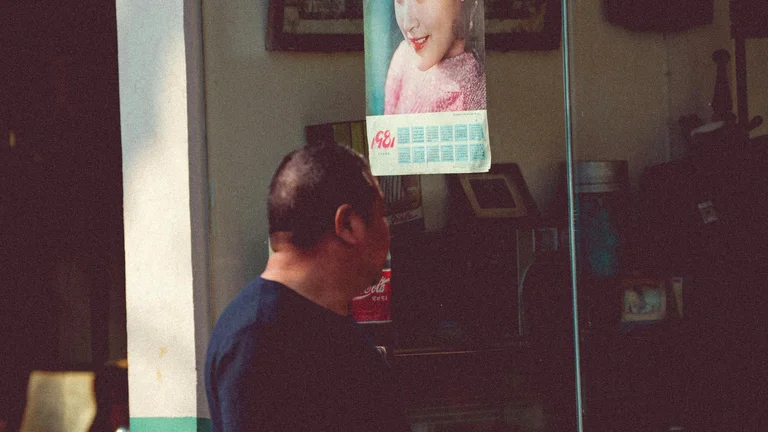The Power of Nostalgia

Nostalgia evokes fond memories of the past, generating a strong emotional connection. This feeling often leads individuals to seek comfort in familiar items, experiences, and cultural references. As society progresses, people tend to yearn for simpler times. This desire drives a revival of retro trends across various domains, including fashion, music, and technology.
Psychological Roots of Nostalgia
Nostalgia plays a key role in boosting our mood and alleviating feelings of sadness or loneliness. It reduces stress while enhancing social connectedness, reminding us of shared experiences. Research shows that nostalgic moments can provide a means of coping with life's challenges. Individuals often turn to nostalgic memories during uncertainty, helping to create a sense of stability.
Media and Pop Culture Influence
Media acts as a powerful catalyst in invoking nostalgia. Movies, TV shows, and music from previous decades are often remade or referenced in contemporary culture. These throwbacks tap into collective memories, making them appealing to both older generations and younger audiences. With social media's role in sharing these nostalgic elements, trends can quickly resurface, creating a blending of old and new.
Commercialization of Nostalgia
Brands leverage nostalgia for marketing strategies. Product designs often echo vintage aesthetics to attract customers who find comfort in the familiar. By incorporating retro themes, companies evoke positive associations. This strategy enhances brand loyalty, as consumers relate deeply to their cherished memories associated with those items.
The Cycle of Retro Trends
The revival of retro trends is cyclical. Fashion, music genres, and even technology come back into vogue after a period of dormancy. Baby boomers and millennials often drive the resurgence of these trends, leading to an interest in vintage styles, sounds, and devices. Each new generation adds its own twist, creating unique interpretations of the past that resonate as fresh innovations.
| Aspect | Details |
|---|---|
| Definition | Nostalgia is a sentimental longing for the past. |
| Psychological Impact | Reduces stress and enhances social connections. |
| Media Influence | Revives cultural references, blending old and new. |
| Commercialization | Brands use nostalgia to enhance loyalty and sales. |
| Generational Trends | Trends return in cycles influenced by younger generations. |
FAQ
What is nostalgia?
Nostalgia is a sentimental longing for the past. It evokes feelings associated with previous experiences, often bringing comfort and joy.
Why do retro trends resurface?
Retro trends resurface because they echo simpler times, providing familiarity and comfort. This cycle is often driven by emotional connections to the past.
How does nostalgia influence consumer behavior?
Nostalgia influences consumer behavior by impacting brand loyalty. Consumers are drawn to products that evoke cherished memories.
What role does media play in nostalgia?
Media plays a significant role by reviving past cultural references, creating a connection between generations through shared experiences.
Are retro trends popular among younger generations?
Yes, younger generations often embrace retro trends, finding them fresh and appealing. This trend is partly due to social media's influence.
Nostalgia drives retro revivals as it evokes fond memories, offering comfort in familiar items and experiences. It strengthens emotional connections and influences consumer behavior. Media plays a crucial role in making these trends appealing, helping to bridge generational gaps through shared cultural references.
Conclusão sobre Why Nostalgia Drives Retro Revivals.